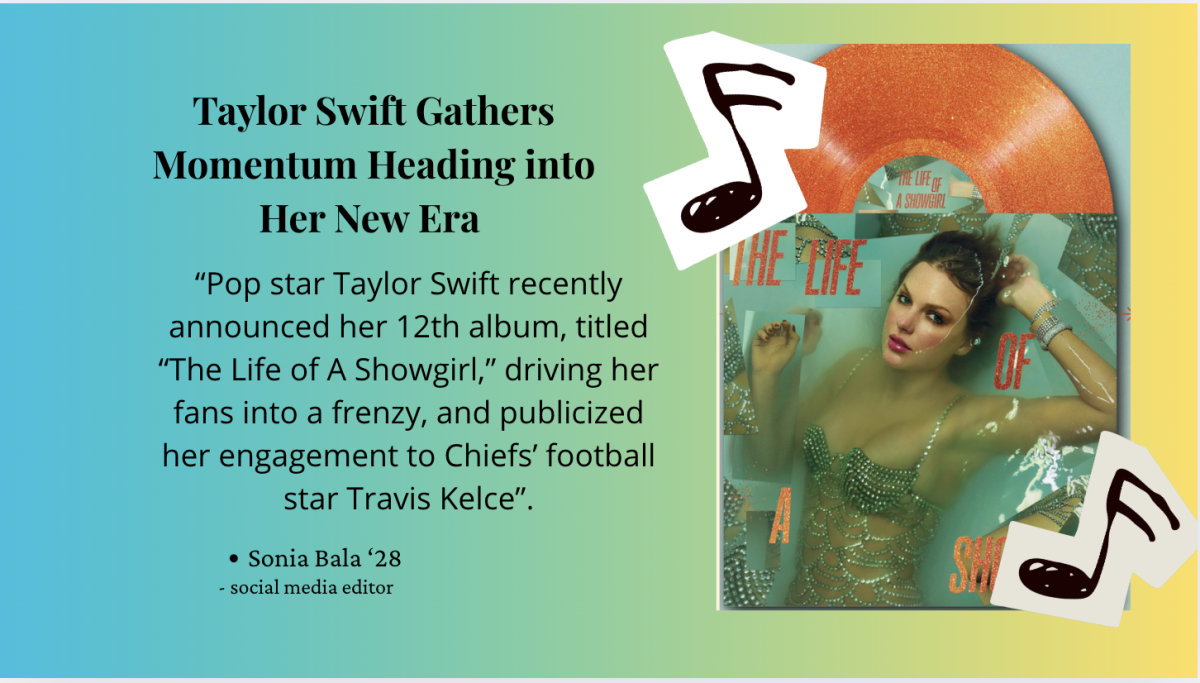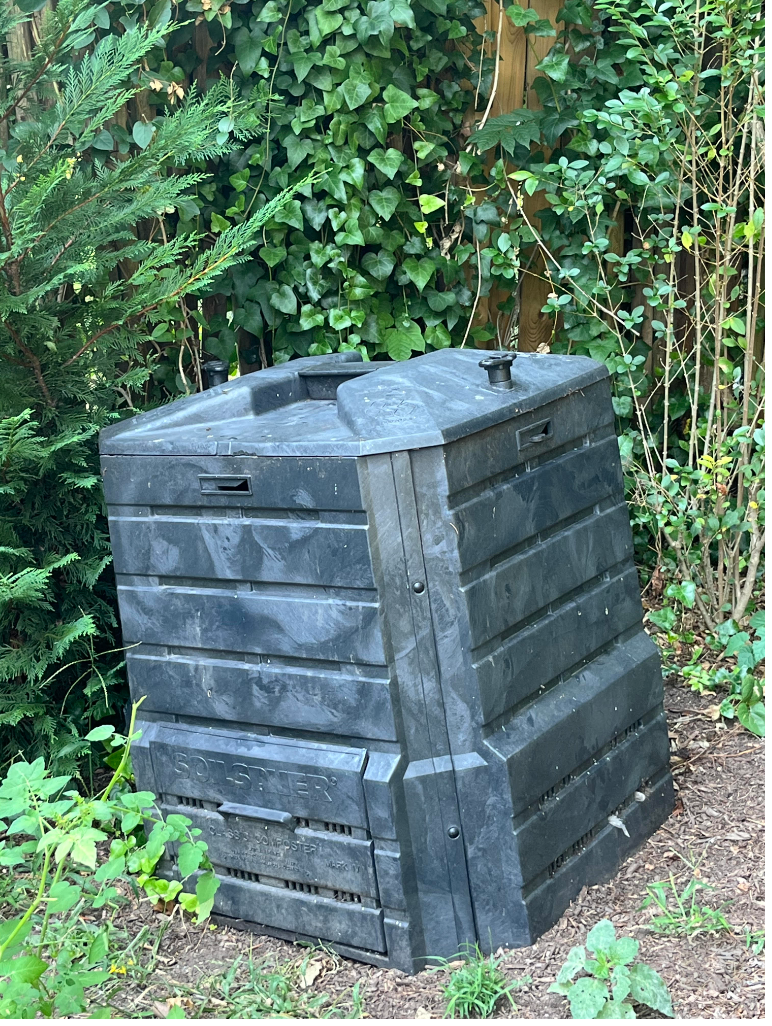Hidden Side Effects of Holiday Shopping

Holiday shopping crowd in Puerta del Sol, a public square in Madrid, Spain. Such consumerism has a direct impact on the environment. Photo: Flickr
Looking back at the holiday season in the rear view window, there was a surge in shopping and a frenzy to find the perfect gift for loved ones. As usual, purchases increase as shoppers attempt to complete their holiday shopping.
Often with their eye on the prize, shoppers aren’t aware of the impact of their consumerism, especially at the monumental rate during the holidays. The massive flux in purchases and con- sumerism in general results in negative ramifications for the environment. Holiday shopping specifically harms the environment with transport and waste. For instance, in 2018, USPS delivered 900 million packages or fourteen percent of their yearly packages between the holiday season of Thanksgiving to New Year’s Day. These deliveries require gas-powered trucks that emit carbon dioxide which directly contributes to climate change such as how transportation accounts for almost thirty percent of greenhouse gas emissions for the US. Yet these deliveries don’t include passenger vehicles in which most people drive to stores to purchase gifts.
Not only does holiday shopping result in immense emissions, it also has a more physical impact on the environment: Americans spent approximately 15.2 bil- lion dollars on unwanted holiday presents during 2019 with four percent of those gifts ending up in the trash. The EPA reports that between Thanksgiving and New Year’s household waste typically qua- druples with an extra thousand pounds of trash. Luckily, it is possible to address this problem and still maintain proper festive spirit. In the future, one just has to make more of an effort to purchase consciously and consider one’s environmental impact of their shopping. Here’s a list of ways
to reduce one’s environmental footprint while still preserving the spirit of the holidays:
— Consider a no-buy holiday season:
in this practice, one still gives gifts yet
one doesn’t buy anything new. Rather, one regifts something they already have or makes something from scratch. This gift-giving-option reduces waste and the environmental costs of new items while also helping to clear clutter from one’s home.
— Adopt a harder “no-gift” approach:
this is truly the most direct approach
to reducing environmental impacts by deciding to eliminate gifts altogether.
One replaces previous material gifts with immaterial gifts such as more quality time together, a trip, or volunteering. However, gift giving and receiving is definitely
one of the allures of the holidays so this option requires discipline.
— Shop deliberately and only give what
is needed. This eliminates unwanted gifts that won’t be used while also making gifts more useful and appreciated.
— Buy second hand: while sometimes people view secondhand shopping or thrifting with disdain, this is a wonderful way to help the environment. By reusing materials, one saves them from being discarded while also eliminating the need to purchase new items that hurt the environment. Second hand shopping is often cheaper so one saves money while still acquiring great gifts.
— Opt for the longest shipping method which is cheaper and is usually a more efficient way which results in a smaller carbon footprint.
— Consolidate orders if possible so less boxes and deliveries are needed.
— Purchase carbon offsets if possible to balance out the carbon impact of one’s shopping.
— Shop locally: shopping in this manner
helps local businesses while also shorten- ing the trip needed to procure gifts.
No matter how many of these habits one adopts, any small change will make a difference and help the environment to preserve the safety of future holidays.















